Ski lesson levels and badges for children and adults
At Family Ski Company, we use the ‘Ecole de Ski Francais’ (ESF) for all the children’s and adult’s ski lessons and we have built a very strong relationship with the ESF. The instructors always assess everyone’s abilities on the first day and will move you/your child into a more appropriate class if need be.
At the end of the week our childcare team will do a presentation of the badges for all the children. The children in the Pups crèche will obtain a certificate as well that way no one misses out.
We hope this guide will help you choose the most suitable level for your skiing ability or that of your child.
CHILDREN
|
LEVEL |
OBJECTIVE |
CONTENT OF THE TEST |
SKIER’S SKILLS |
|
Piou-Piou
|
Achieving the Piou-Piou level means you can move onto the Ourson class. |
Ability to recognise their own ski equipment, move with skis on their feet and slide straight down the easy slope. |
Start getting used to skis and sliding.
The ESF instructors are there to help your children enjoy themselves in this new environment. |
|
Ourson (teddy-Bear) |
Achieving the Ourson level means you can move onto the Flocon class. | Descent of a green run making a minimum of 4 or 5 snowplough turns indicated by poles (a mini slalom)
Ability to travel with parallel skis in a straight line downhill, then to turn in snowplough. NB. If this level is not attained then a Piou-Piou award will be given. |
Knowledge of Ski equipment.
Ability to put on and take off skis alone. Ability to use the initial ski lifts. Control of speed in turning by following the snake formation. Awareness of the action of sliding on gentle slopes. |
|
Flocon (snowflake)
|
Achieving the Flocon level means you can move onto the First Star class. | Ability to link a minimum of 7 or 8 snowplough turns and bring your skis back parallel after each turn on an appropriate slope.
Test of balance whilst in motion (hopping on skis, skiing on one foot then the other, skiing on small bumps). |
Control of speed with snowplough turns.
Ability to ski parallel between turns facing across or down the slope. Awareness of balance. Ability to slow down and stop, and begin to sideslip. |
|
Premiere Etoile (First Star)
|
Achieving the First Star means you can move onto the Second Star. | Ability to link wide sideslip turns on an intermediate slope.
Ability to traverse the slope and rise on the other side by putting weight on the uphill ski. |
Ability to link sideslip turns whilst staying aware of the slope, snow conditions and other skiers.
Awareness of balance on intermediate slopes. First sideslip turns. |
|
Deuxieme Etoile (Second Star) |
Achieving the Second Star means you can move onto the Third Star. | Ability to link 10 tighter good quality turns on an intermediate slope.
Ability to ski in dips and bumps. Move forward on flat ground using ice-skater style steps. |
Ability to link good quality parallel turns.
Skier awareness. Balance on dips and bumps. Curved sideslip motion. |
|
Troisieme Etoile (Third Star)
|
Achieving the Third Star means you can move onto the Bronze Star. | Ability to link 10 turns on a specific slalom course on an intermediate slope.
Development of technical sideslip into a parallel turn. Ability to pick up speed on an intermediate slope in direct parallel descent and come to a halt in sideslip. |
Ability to link tighter and neater parallel turns, remaining aware of and adapting to surrounding conditions (type of snow, other skiers etc…)
Master balance in race stance on differing terrain. |
|
Etoile De Bronze (Bronze Star) |
Achieving the Bronze Star means you can move onto the Gold Star. | A non-timed Slalom course of 15 to 20 turns alternating between tight and open, testing the quality of these turns over a varied slope.
Ability to jump over bumps either on a regular piste or on a specific skier cross piste. |
Refinement of parallel turns by reducing the sideslip in each turn.
Awareness of and adaption to conditions. |
|
Etoile D’Or (Gold Star)
|
Achieving the Gold Star means that you can move onto competition skiing. | A small Super G Style Slalom is timed. Entrants time must be within the Opener’s time and 50% on top of this time. So, if the opener’s time is 60 secs, the entrant must complete the course within 90 secs.
Linking together of technical turns achieved in varied conditions. |
Understanding of all forms of Alpine (cross, free ride, slalom etc…)
Ski without stopping on long descents, on all kinds of snow, being aware of conditions, obstacles and people, respecting the skier code. Ski in specific pistes (skier cross, half-pipe, big-air). |
ADULTS
| LEVEL | SKIER’S ABILITY | CONTENT OF THE TEST |
|
1ER SKI |
Class for beginners who have never skied before. Becoming familiar with the equipment and snow. | Balance while sliding over smooth terrain on a gentle slope. Snowplough turn. Controlling speed using a snaking trajectory. Using ski lifts. |
|
CLASSE 1 |
Ability to go down a slope doing snowplough turns. | Descending in an elementary turn on a gentle to moderately steep slope. Elementary direct line. Elementary side slipping: uphill swing, at an angle. Step turns sliding uphill. |
|
CLASSE 2 |
Ability to sideslip and learning to do parallel turns. | Descent with a basic parallel turn on a varied, moderately steep slope. Basic direct line. Basic sideslips and garlands. Basic high-speed turns. |
|
CLASSE 3
|
Ability to parallel turn anywhere. This class helps refine your technique to move freely on any kind of snow, bumps and on sustained slopes. | Descent with perfect turns on all types of piste. Perfect direct line. Perfect high-speed turn. Experience of skiing in all types of snow and terrain. |
|
CLASSE 4
|
Ability to turn well and do short swings on all types of snow on the marked turns.
Off-piste: discovering the off-piste area, controlling your skis in any kind of snow, terrain and visibility. |































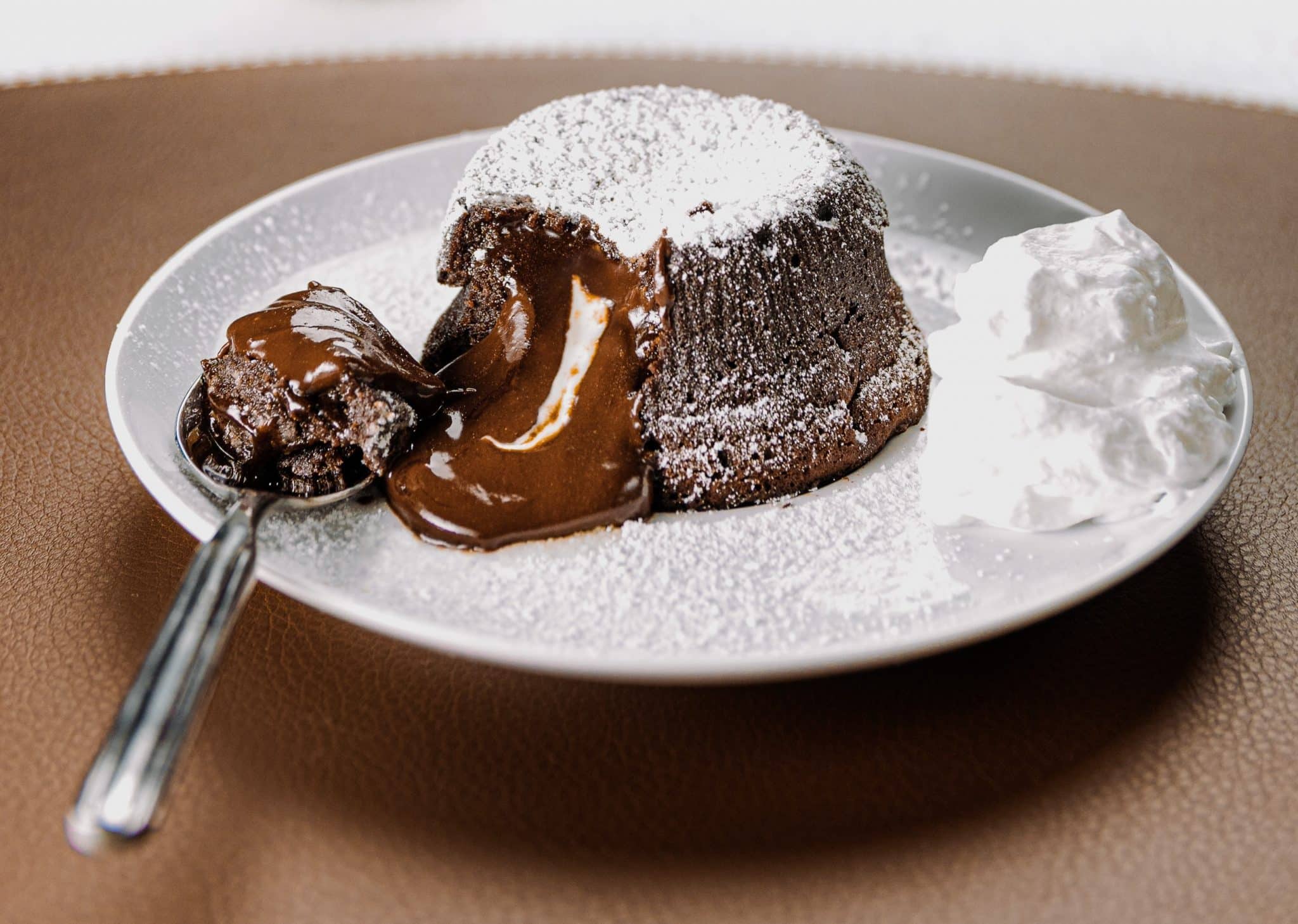
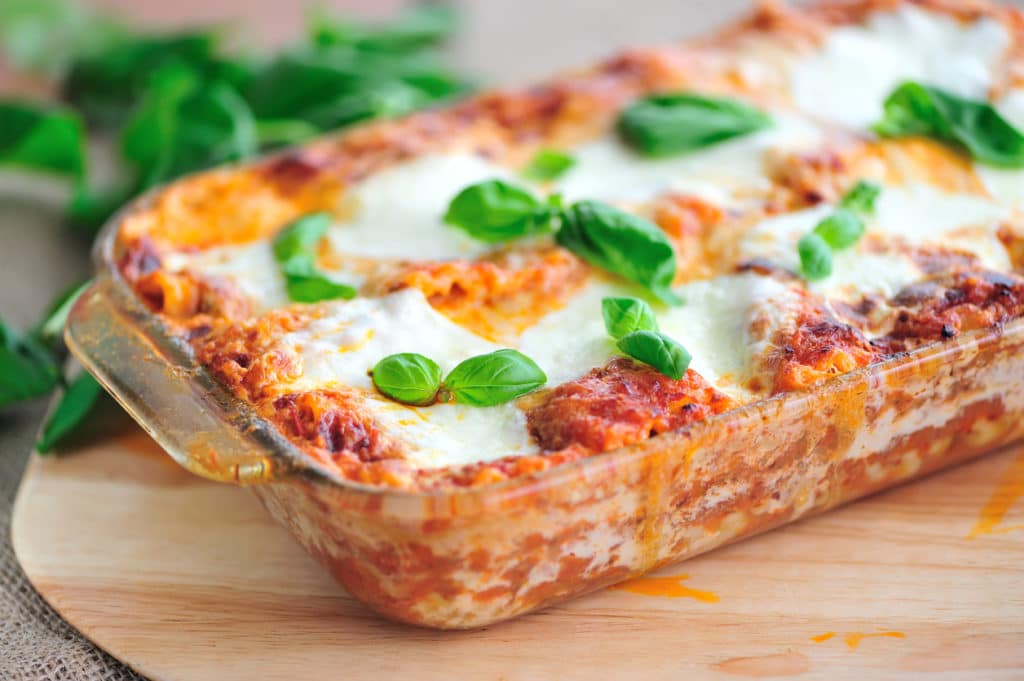

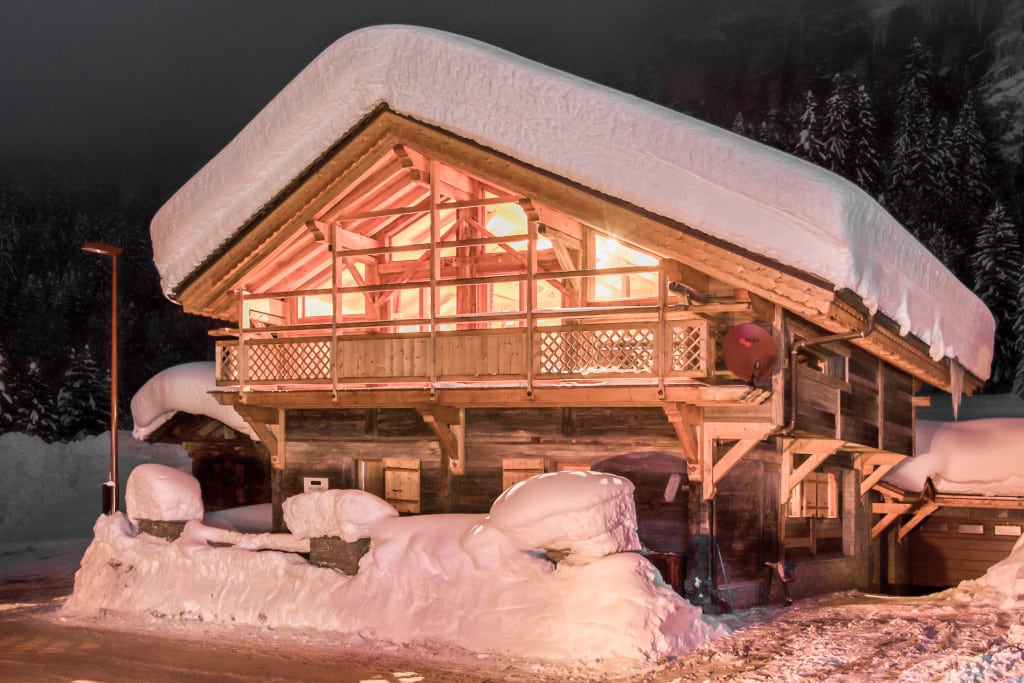


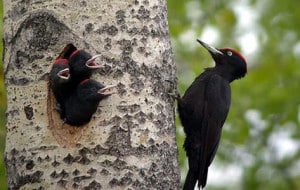



















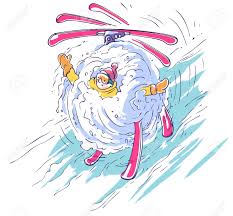 fall over.
fall over. 
